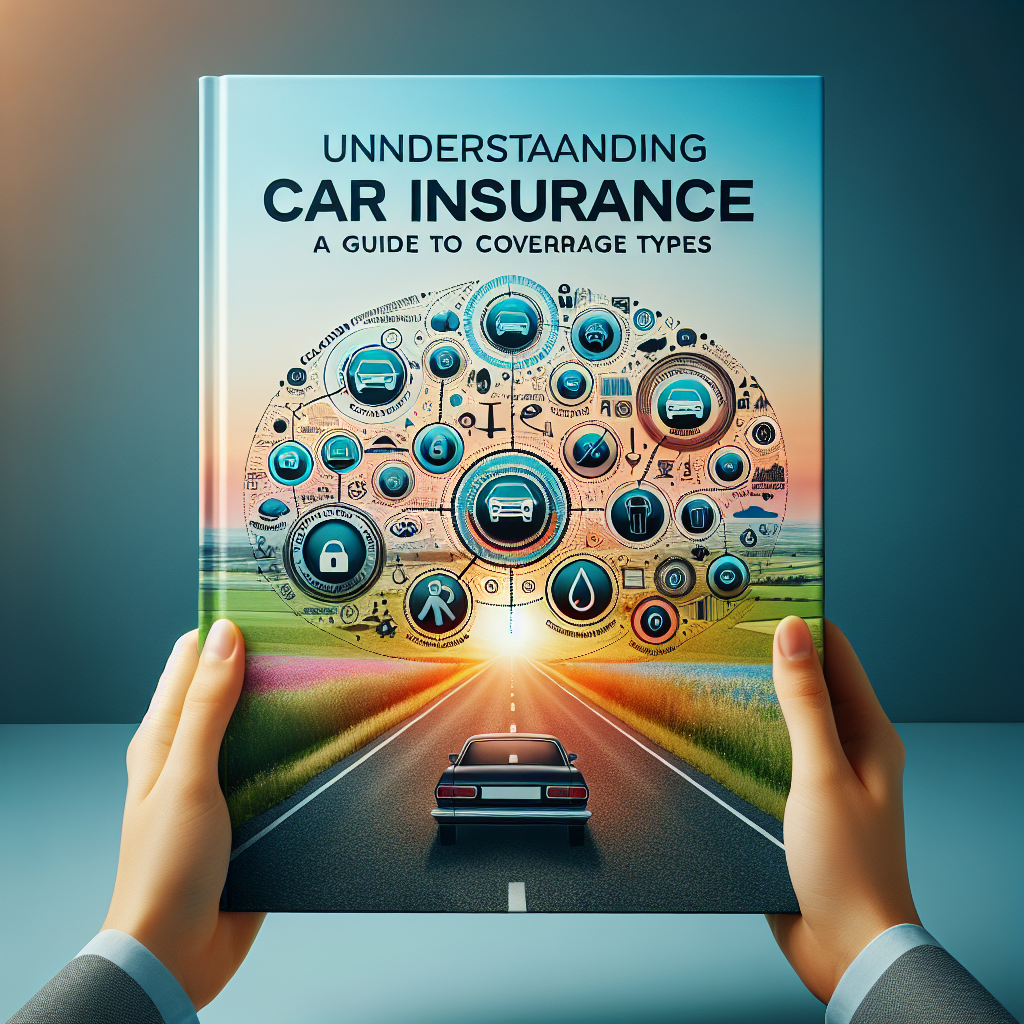Understanding car insurance can be daunting, especially when navigating the myriad of coverage types available. For many, the desire to protect their investment while ensuring they meet legal requirements can lead to confusion and frustration. A lack of clarity around car insurance coverage types not only exposes drivers to financial risk but can also leave them feeling vulnerable in the event of an accident. This comprehensive guide aims to illuminate the various types of car insurance coverage, empowering you to make informed decisions that safeguard your interests and your wallet.
Decoding Car Insurance: Essential Coverage Types Explained
Car insurance coverage types can be categorized into several essential segments that cater to different needs and circumstances. At the forefront are liability coverages, which are typically mandated by law and protect you if you are at fault in an accident. This includes bodily injury liability, which covers medical expenses for the other party, and property damage liability, which addresses damage to another person’s vehicle or property. Understanding these core components is critical, as they establish the foundation of any auto insurance policy.
Moving beyond basic liability, comprehensive and collision coverages offer additional layers of protection. Collision coverage pays for damages to your vehicle resulting from a collision, regardless of who is at fault, while comprehensive coverage protects against non-collision events like theft, vandalism, or natural disasters. Both are vital for those looking to protect their vehicle from a range of potential hazards, ensuring that you won’t face potentially devastating repair costs out of pocket.
In addition to these foundational coverages, options such as uninsured/underinsured motorist coverage and personal injury protection (PIP) should not be overlooked. Uninsured/underinsured motorist coverage safeguards you in the event of an accident with a driver who lacks adequate insurance. Meanwhile, PIP covers medical expenses for you and your passengers, regardless of fault, providing peace of mind in the event of an accident. Understanding these specialized coverages can make a significant difference in your overall financial security and health outcomes in the unfortunate event of a collision.
Choosing the Right Policy: Navigating Your Coverage Options
Navigating your coverage options requires a thorough understanding of your individual circumstances and preferences. Start by assessing your driving habits, the age and value of your vehicle, and your financial situation. For instance, if you drive frequently or own a newer vehicle, opting for comprehensive and collision coverage may be prudent. Conversely, if your vehicle is older and of lower value, you might consider a more minimal policy that emphasizes liability coverage to meet legal requirements.
The deductibles associated with each coverage type also play a crucial role in your policy selection. A higher deductible can lower your premium but may result in significant out-of-pocket costs following an incident. Conversely, a lower deductible leads to higher premiums but may provide financial relief in case of damage. Balancing your risk tolerance with your financial capabilities is essential when determining the most suitable deductible for your situation.
Finally, take the time to compare quotes from different insurers, as rates can vary significantly across companies. When evaluating quotes, pay close attention to the coverage limits, exclusions, and customer service reputation. Understanding the nuances of each policy ensures you select one that not only fits your budget but also meets your specific needs. Engaging with an insurance broker can offer you insights into available options and assist in tailoring a policy that best aligns with your risk profile and financial goals.
In the complex world of car insurance, arming yourself with knowledge about coverage types is crucial in making informed decisions that protect both your finances and your well-being. By fully understanding the essential coverages, assessing your individual needs, and evaluating your options thoroughly, you can secure a policy that not only meets legal standards but also provides peace of mind on the road. Don’t let confusion around car insurance coverage types hinder your confidence behind the wheel; take control of your insurance journey today and drive with assurance.
Understanding Home Insurance Requirements Across CanadaUnderstanding Home Insurance: What Coverage Do You Need?Understanding Reasons for Car Insurance Claim DenialsRelevant LinkRelevant LinkRelevant LinkUnderstanding Canada’s Insurance Bank: A Comprehensive GuideUnderstanding Insurance Broker Salaries in Canada: A GuideUnderstanding Canada’s Insurance Coverage for Breast PumpsRelevant LinkRelevant LinkRelevant Link
